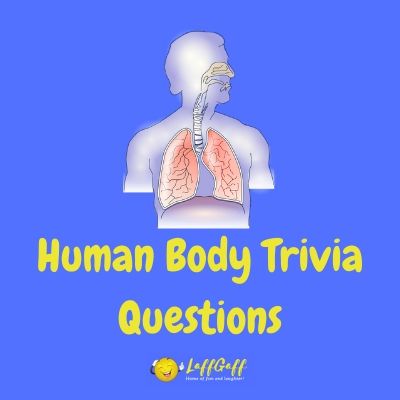Question: How many ribs do humans usually have?
Show answer
24.
Humans, regardless of gender, typically possess 24 ribs, 12 on each side of the body. These bony structures form an essential part of our anatomy, curving around the chest and creating what is known as the rib cage. The rib cage serves several vital functions, chief among them being the protection of crucial internal organs such as the heart and lungs. Additionally, it provides structural support to the thoracic (chest) region and aids in the process of respiration.
The 24 ribs can be categorized based on their connection (or lack thereof) to the sternum, which is the flat bone located at the front of the chest:
- True Ribs (1-7): The first seven pairs, known as true ribs or vertebrosternal ribs, connect directly to the sternum through individual costal cartilages. They’re called “true” because of their direct anterior attachment to the sternum.
- False Ribs (8-10): The next three pairs are termed false ribs or vertebrochondral ribs. While they do connect to the sternum, it’s an indirect connection. Rather than attaching directly, the cartilage from these ribs joins the cartilage of the rib above, forming a linked chain that eventually meets the sternum.
- Floating Ribs (11-12): The last two pairs, known as floating ribs or vertebral ribs, don’t connect to the sternum at all. Instead, they’re connected only to the vertebrae at the back and float freely at their anterior ends.
A noteworthy point is the existence of anatomical variations. Some people may have an additional, or “cervical,” rib, which emerges from the seventh cervical vertebrae, while others might have one less rib. Such variations, though uncommon, are usually harmless.
It’s also important to recognize the clinical significance of the rib cage. Due to its protective role, injuries to this structure, such as rib fractures, can have serious implications, potentially leading to complications like punctured lungs or damage to other vital organs. As a result, understanding rib anatomy and function is crucial in both medical and everyday contexts.



